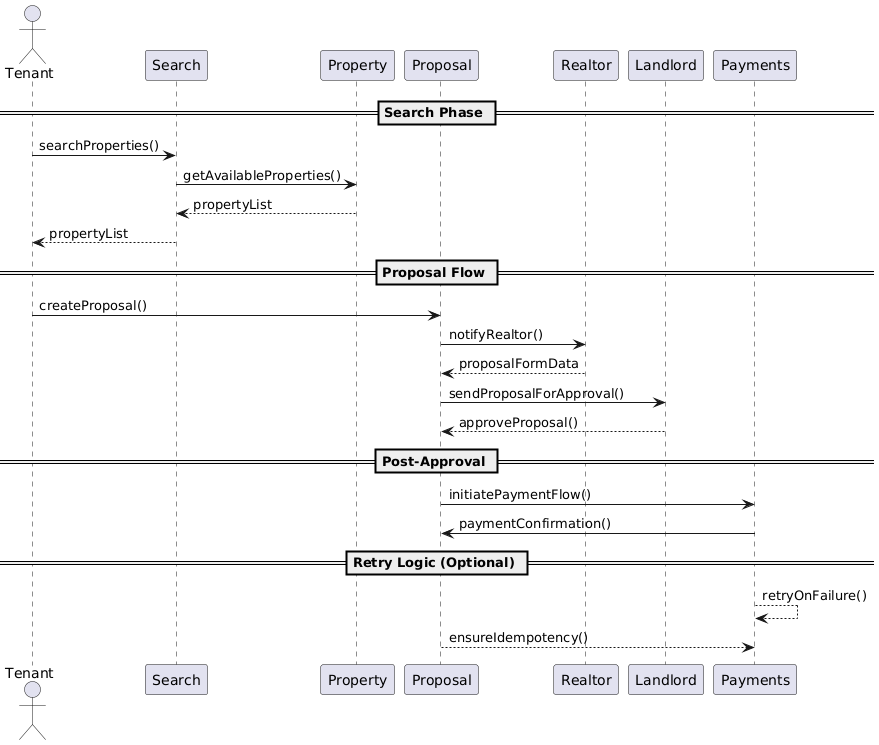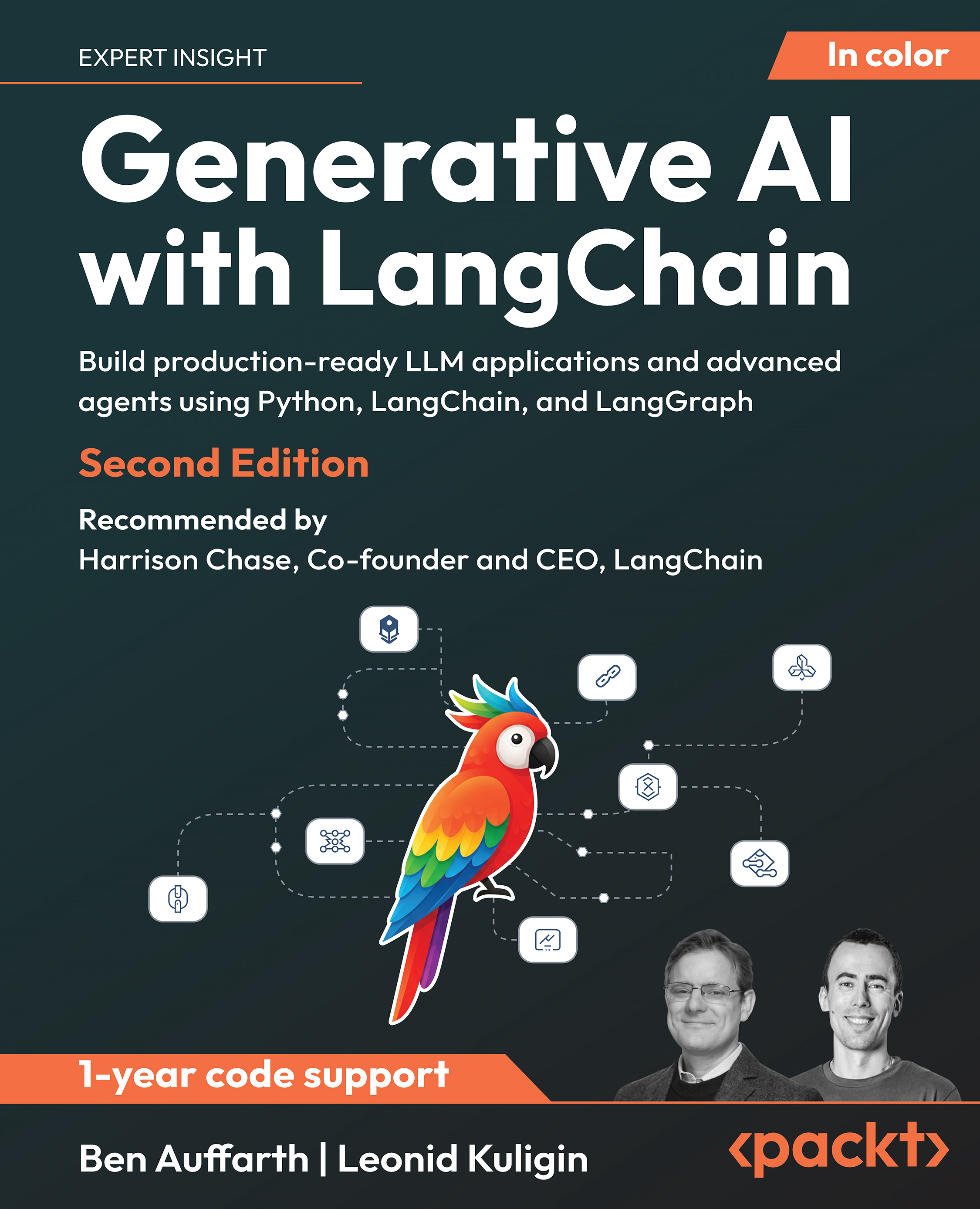Here’s how a complete slice of functionality moves through the pipeline, starting from a blank page and ending in production-ready service code.
Problem statement
Landlords often travel. They need a way to partner with local realtors so property showings can continue in their absence.
Feature and backlog
This feature scored 91 out of 150. It’s valuable, but not essential to initial rentals, so it’s scheduled for Q2, after property search and messaging.
Requirements
Before accepting a partnership, the landlord must be able to review availability, fee percentage, and realtor rating. The system needs to handle 10,000 proposals per day and recover from a realtor API outage within five minutes.
Domains
Rental Property, Partnership Proposal, User. Payment remains a separate concern for now.
Services
createProposal, approveProposal, listPartnerships, scheduleVisit.
Domain flow
A realtor fills out the proposal form.
The system records the draft and marks it pending approval.
The landlord accepts.
The proposal status updates to approved.
The realtor’s contact now appears on the property page .
Sequence sketch
Tenant → Search → Property
Realtor → Proposal → Landlord
Proposal → Payments
(Arrows show retries and idempotent updates.)
Implementation choices
Property and Proposal are built as two Spring Boot microservices, each with its own database.
When a ProposalApproved event is triggered, it signals the messaging service to open a chat channel.
Targets for availability (three-nines) and latency (P99 under 400 ms) inform Kubernetes settings and circuit-breaker policies.
Every step builds on the one before it.
By the time coding begins, every engineer understands the requirements, the API contracts, and how the system should recover when things go wrong.
In summary, clarify requirements early. They’re key to saving time and budget. Score features before building to bring structure to decisions. Model nouns first to avoid hidden monoliths, and design services around real business actions. Finally, sketch timelines early to prevent costly last-minute changes.
 United States
United States
 Great Britain
Great Britain
 India
India
 Germany
Germany
 France
France
 Canada
Canada
 Russia
Russia
 Spain
Spain
 Brazil
Brazil
 Australia
Australia
 Singapore
Singapore
 Canary Islands
Canary Islands
 Hungary
Hungary
 Ukraine
Ukraine
 Luxembourg
Luxembourg
 Estonia
Estonia
 Lithuania
Lithuania
 South Korea
South Korea
 Turkey
Turkey
 Switzerland
Switzerland
 Colombia
Colombia
 Taiwan
Taiwan
 Chile
Chile
 Norway
Norway
 Ecuador
Ecuador
 Indonesia
Indonesia
 New Zealand
New Zealand
 Cyprus
Cyprus
 Denmark
Denmark
 Finland
Finland
 Poland
Poland
 Malta
Malta
 Czechia
Czechia
 Austria
Austria
 Sweden
Sweden
 Italy
Italy
 Egypt
Egypt
 Belgium
Belgium
 Portugal
Portugal
 Slovenia
Slovenia
 Ireland
Ireland
 Romania
Romania
 Greece
Greece
 Argentina
Argentina
 Netherlands
Netherlands
 Bulgaria
Bulgaria
 Latvia
Latvia
 South Africa
South Africa
 Malaysia
Malaysia
 Japan
Japan
 Slovakia
Slovakia
 Philippines
Philippines
 Mexico
Mexico
 Thailand
Thailand
















